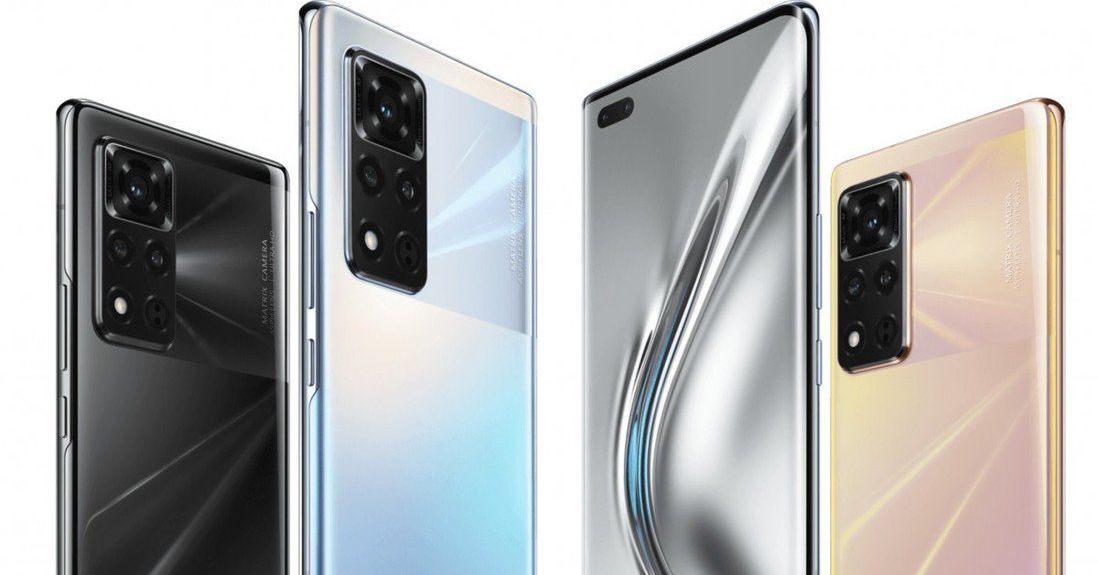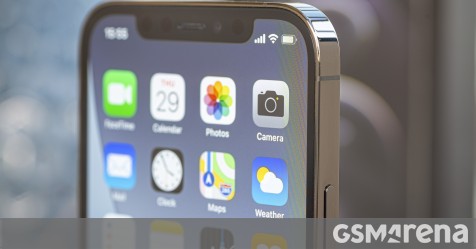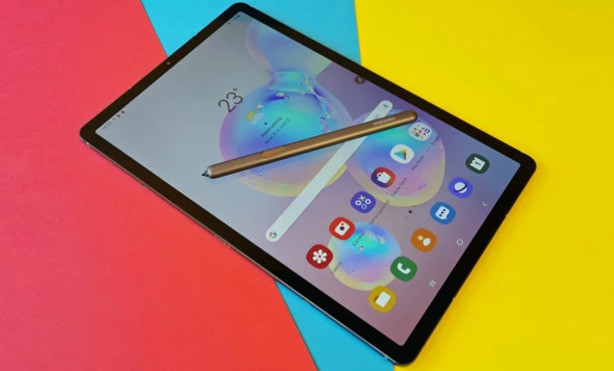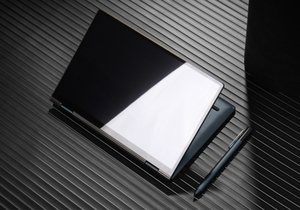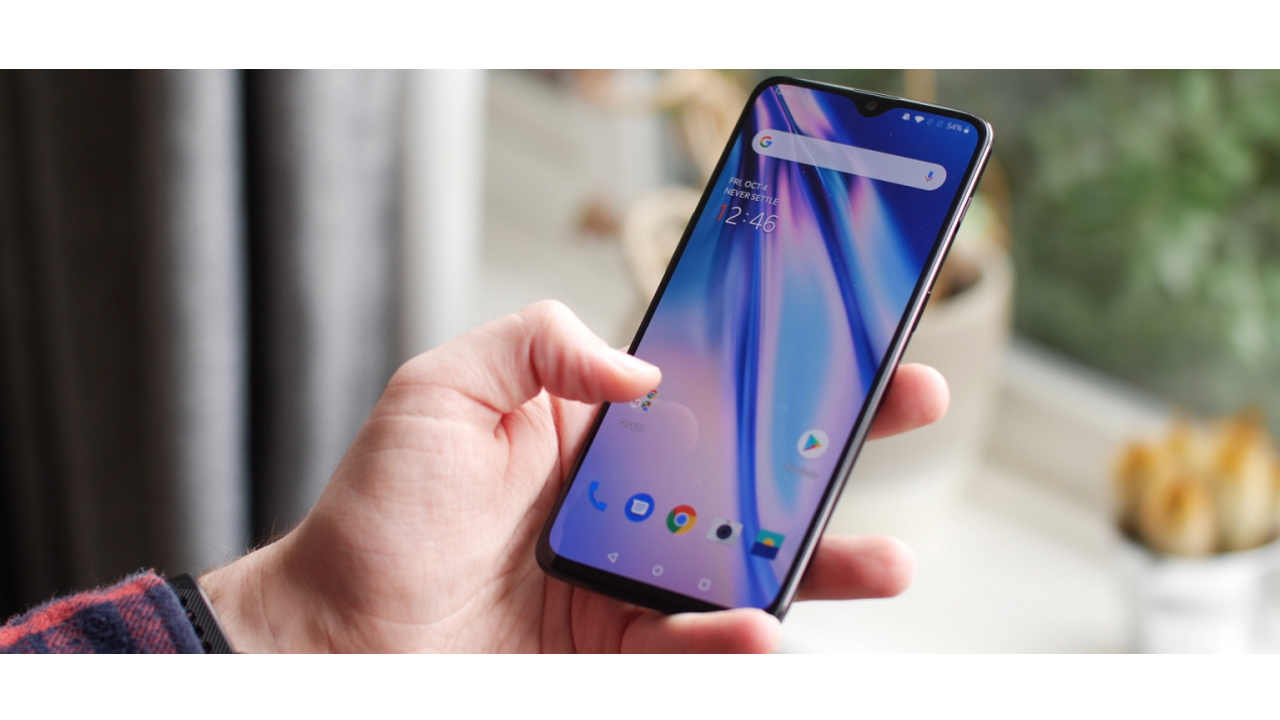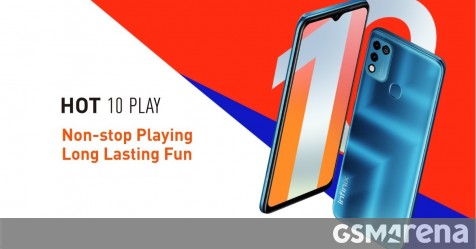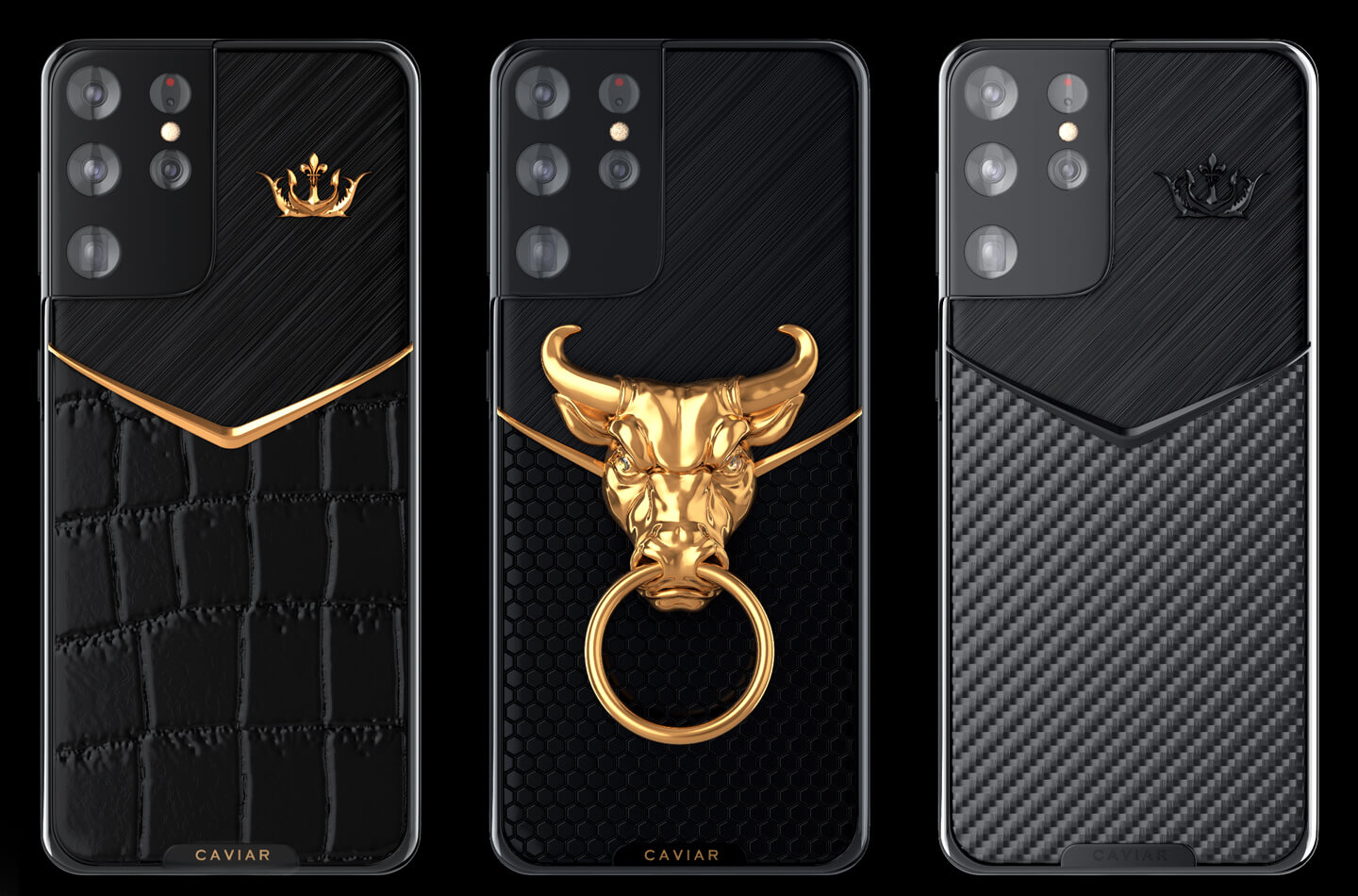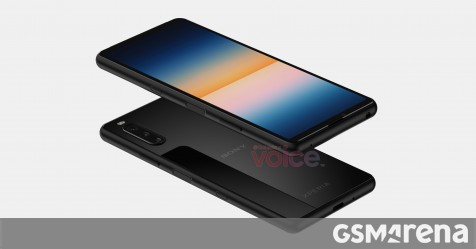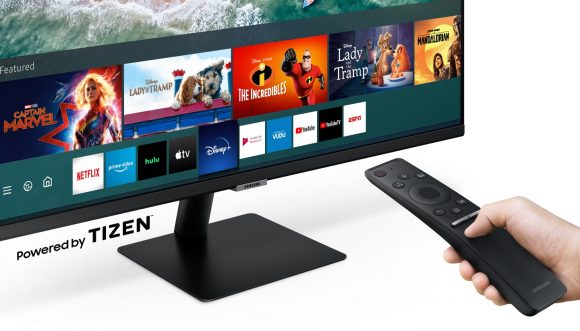Testing Tests overview Smartphone Oppo Reno 4 Pro in the test: Top smartphone for 500 € Motorola Moto G 5G Plus test: A lot of battery for little money Huawei P Smart 2021: Budget model with room for improvement Asus Zenfone 7 Pro: Turbo smartphone with flip camera Samsung Galaxy Xcover Pro in the test: hard but slow Oneplus Nord N 10 5G in the test: galloped in price Oppo Find X2 Pro in the test: performance bargain S martwatch Oppo Watch in the test: Great AMOLED Smartwatch from 240 € Samsung Galaxy Watch 3 in the test: competition for Apple? Huawei Watch GT 2 Pro in the test: Smartwatch with cross-country skiing Battery Apple Watch: Smartwatch with contract from 15 € per month Buy Apple Watch 6: All generations in the price check Skagen Falster 3 in the test: Smartwatch with Wear OS Test Huawei Watch GT 2: Noble fitness tracker in watch form Multiroom Ikea Symfonisk table lamp in the test: Sonos with lamp Ikea Symfonisk in the test: Sonos loudspeakers under 100 Euro Bose Portable Home Speaker in the test: battery, WLAN, Airplay 2 Sonos Move in the test: The robust all-rounder Musiccast: Multiroom from Yamaha in the test Denon Heos in the test: versatile multiroom system Flat soundbar Teufel Sounddeck Streaming in the test Keyfinder Tile Slim (2019): Key finder in credit card format Bluetooth key finder Tile Pro in the test: 122 m range! Key Finder Tile Pro in the test: the range champion Orbit Bluetooth tracker in the test: looking for wallet and keys Nonda iHere 3.0: smart key finder in the test Chipolo Classic and Plus: Bluetooth key finder in the test Musegear finder 2: Key finder without registration obligation Action-Cam DJI Pocket 2 in the test: Zoom and 64 – megapixels -Sensor Actioncam Insta 360 One R: 1-inch image sensor in the test Gopro Hero 8 Black in the test: back to the top Insta 360 One R in the test: The modular action cam Motorola Moto G8 Plus test: Great smartphone, but … Insta 360 Go: Micro-GoPro in the test Motorola One Action Test: Good hardware, bad camera microSD In the test: Kingston UHS-I U3 microSDXC Kit MicroSD card for smartphone: Samsung Evo Plus 2017 Test report: Lexar Professional 1800 x microSDXC Kit Test report: Intenso Premium microSDXC card with 64 GByte Android Sonos Move in the test: The robust all-rounder Honor 20: Inexpensive high-end smartphone in the test Xiaomi Mi 9: Top technology at a bargain price Doogee S 90 in the test: modular outdoor smartphone ZTE Axon 10 Pro in the test: high-end phone at a competitive price Motorola Moto G7 Power in the test: large battery, small price Sony Xperia 10: Smartphone with 20: 9 display in the test Adviser Advisor Overview Purchase advice The right cordless screwdriver for the home workshop Bargain: Which Fire TV Stick from 19 € is the right one? Purchase advice: What good is a leaf blower with a battery for 45 Euro? True -Wireless headphones: How much do you have to invest? Purchase advice water cooling: High-end PCs cool better Adviser: Air conditioning and fan against the heat wave Sony shows the Xperia 1: Is the predecessor XZ3 worth it now? Practice Caution, money away: Kickstarter & Co. are not shops Turn off Android notifications from annoying apps Here’s how: Install the new Android L keyboard now Tip: Use “Ok Google everywhere” in Germany In the test: Will the jailbreak work for iOS 7.1? Goderm a and mobile medicine: The doctor apps are coming! Instructions: Jailbreak for iOS 7 on iPhone 5S, 5, 4S and 4 Technology Importing technology from China, part 2: Customs, taxes and tricks Drones & copters: From toys to FPV Racer What does the end of an ecosystem mean? Smartphones with a flexible display: What’s the point? Overview of smartphone processors: Everything Snapdragon? Evolutionary dead ends: the a Worst mobile phones mpass: Pay with the NFC mobile phone – or the NFC toilet roll Display calculator pixel density, number and Calculate display portion Best list Test winner Price comparison Price comparison overview Smartphones from Android 7.0 Phablets with stylus Fitness tracker with GPS Bluetooth headphones with ANR Drones with GPS Video TechStage Adviser Guide: Tablets for homeschooling and learning portals Beginning What are … PC or tablet? Tablets for … Tablets Tablet with … Stylus Additional accessories Headsets Tablet stand … Keyboards Mice Conclusion Comments from Stefan // 21. 01. 2021 16: 19 Clock
Regardless of whether it is a sofa tutor, the Studienkreis Online-Lernbibliotek or the school minator – learning portals can be a useful alternative to traditional tutoring for school children of all ages. We show the best tablets for it.
If the child is weak at school, there are several alternatives. In addition to personal initiative, this primarily includes follow-up sessions in learning groups such as the study group or individual tutoring, as offered by many older pupils or students. However, especially in times of epidemics, contacts with strangers must be restricted as far as possible, so traditional tutoring is usually ruled out.
What are learning portals? In addition to homeschooling (guide: PCs for homeschooling from 150 Euro) there are also digital solutions for tutoring in the form of learning portals. Depending on the provider, they usually offer help for grades 5 to 10, which is usually available in text and video form for several subjects. Some companies go far beyond this and have offers for all classes and types of school as well as most of the subjects offered at the various types of school.
Sometimes there are also educational games and, in most cases, exercises to check and consolidate what has been learned. In addition, some portals also offer personal support via chat, help with homework or complete individual lessons via video chat.
Providers such as Lernwerk, Schulinator or Studyhelp even offer their services free of charge, most others charge between 5 and 25 Euro. Free test phases or even some videos published on Youtube offer first insights into the type and quality of the offer. Payment is usually made for several months in advance or in an annual subscription, some providers even give a money-back guarantee in the event of a lack of learning success.
PC or tablet? A PC is not always necessary, a much cheaper Android tablet is easily sufficient for learning videos. However, some criteria should be met so that the tutoring is fun on the technical side. This is how we see tablets with a display size below 10 inch (approx. 25 cm) critical and also a display resolution of 1920 × 1080 Pixel should not be undershot for sufficiently sharp display. The devices should have at least a quad-core processor and 2, better 3 GB of RAM so that inputs can be implemented without waiting time and videos can be played smoothly. Internally is a memory size of 25 GByte or Larger is optimal, so that apps and videos can also find space in the memory and can be used without direct Internet access.
WLAN as Internet access should be sufficient in most cases, so parents can safely ignore expensive LTE modules. For young students, it may be worthwhile to use particularly robust, but hardly available, children’s or outdoor variants. Alternatively, there are protective covers or tablets for children. Amazon offers the kids edition of its Fire HD tablets for this purpose. Not only do they last longer, they also allow parents to access and block certain distracting factors such as the app store and in-app purchases. For certain subjects or advanced students, purchasing a tablet with pen control can also be helpful. This enables sketches or handwritten notes to be digitized quickly. The requirements of the individual providers or the school are usually revealed on their homepages.
Tablets for children The kids editions of Samsung and Amazon offer, as mentioned, special protective covers that are supposed to protect the tablet even when used in rough conditions and also offer various parenting functions such as restricting the available apps. Unfortunately, the RAM is a bit tight at 2 GB. They are more aimed at children who are not yet in secondary schools. However, they are sufficient for the use of normal learning portals. The Fire HD 10 in the Kids Edition (test report) we have already tested it.
Tablets For round 150 to 200 Euro get those interested with the current models Odys Space One 10 LTE , Lenovo Tab M 10 Plus and Samsung Galaxy Tab A7 three 10 – Customs tablets that are up-to-date and meet the minimum requirements required by us. The Odys model not only offers a lot of memory (4 / 49 GByte), but also an LTE module. This allows learning sessions – a corresponding LTE contract (Article: Unlimited data volume from 20 Euro) provided – in good weather also in the park or at least in the garden. Android 10 is already available from the factory – this is far from normal with tablets.
That shows something like this Lenovo Tab M 10 Plus , which is currently only Android 9 offers. The remaining specifications are marked with 4 / 64 GByte memory similar, only LTE does not exist. This is also the case with the Samsung Galaxy Tab A7 so, also the memory is with 3 / 32 GByte slightly smaller. There are advantages for the chipset: The other two tablets also offer 8 cores, but Samsung uses a Snapdragon 662 that does not only delivers decent power, but also favors future updates and is less power hungry. Accordingly, auc h this model already has Android 10. With 10, 4 inches, the screen of the Samsung tablet is also the largest, this also applies to the battery with 7040 mAh.
We have other suitable tablets in our purchase advice: How many tablets do you need? sorted by price. The price scale is largely open at the top. If you don’t like Android, you should look around at iOS models, i.e. iPads. The cheapest current models are iPad Mini (test by Mac & i) and iPad (without name affix), they cost from 379 and 449 Euro. The larger and more modern models iPad Air (test by Max & i) and iPad Pro start at 649 and 879 euros. However, we would exclude the iPad Mini as a tablet for homeschooling because of the display size of only 7.9 inches.
Tablet with pen Tablets with additional pen control are available in a handful, current and Currently, the Samsung Galaxy Tab S6 Lite . It not only offers advantages in terms of design and installation depth, but also a stylus with suitable software and more memory.
Stylus A stylus can be helpful to make drawings or handwritten notes directly on the tablet. With some models, such digital pens are already included from We rk, while others are prepared for operation, but the pen must be purchased separately. Such models are about d as Apple iPad ( from 6th generation) , iPad Mini (from 5th generation), iPad Air (from 3rd generation) or the iPad Pro , here the pens cost between 90 and 120 Euro.
Simple capacitive pins without egg Genetic power sources are much cheaper, they b e start at a few cents. They work on any device with a capacitive touchscreen and usually have a thick, soft rubber tip . So that become they recognized as finger replacement on current touchscreens . Special pens with rechargeable batteries or batteries, however, have a thin , mostly exchangeable Tip, which also recognize different pressure levels and often buttons for additional options (such as “erase” when Hold down ) bid. With them the handling is much more similar to a normal pen on paper than with the former Pens. Examples of high-quality tablet pens are Samsung’s S-Pen or Apple’s Pencil. In our guide to pens for the iPad we show cheaper alternatives to the Apple Pencil.
Additional accessories As with the PC, there are also peripheral devices for tablets. They are not absolutely necessary, but make everyday life easier.
Headsets If you want to concentrate on your work or if you have to understand everything in the video call despite the poor sound quality of your conversation partner, you should consider purchasing a headset. Many tablets also offer a 3.5 millimeter jack connection so that the cable headset from the smartphone can also be used in an emergency. Wireless headsets that are connected via Bluetooth are more practical and usually also of higher quality. Headphones with active noise suppression in particular (best list ANC headphones) can even promote concentration as they minimize external distraction.
Due to the design, over-ear headsets are best. They cover the whole ear, are usually still comfortable when worn for a long time and already shield something from the environment. They are also available with and without cables and also with ANC. The advantage of wired headsets: You do not have batteries that are always empty exactly when they are needed. But they are less flexible and the mandatory cable always hangs in the way.
Tablet stand and cover One advantage of tablets is their flexibility by comparatively low weight and size. However, if the children are to follow the learning video and complete test tasks, the device must be stable can be found. That works either with separate stands, Book c overn or equal to a keyboard cover. Stands are self-explanatory: They are external rne constructions that only serve the purpose of placing a tablet more or less straight in front of you on the table. A book cover protects the tablet during transport, thanks to the flexible cover usually also the display. In addition, the device can also be set up in front of you on the table, often there are even different adjustable angles.
Keyboards Thanks to Bluetooth, a keyboard can be wirelessly connected to any tablet, regardless of whether it is Android, iOS or Windows. You have a wide choice. This ranges from simple, classic keyboards to those that are extremely flat to ultra-compact TKL keyboards with mechanical switches. More on this in our keyboards guide: Mechanical, rubber dome or TKL? or multimedia keyboards for Smart TVs and Media PCs.
The keyboard or keyboard c over added to Bookcover another mechanical full keyboard, which connects to the tablet via Bluetooth. Especially when longer texts are to be written on the device s , is a mechanical keyboard significantly better than the onscreen cords of the T ablets. For home Bluetooth keyboards without a protective function are usually sufficient.
Mice What applies to a laptop is no different for a tablet: touchscreen and / or touchpad Operation is okay, mouse control is often more ergonomic in the long run. Since most tablets lack the large USB-A ports, mice with USB C (or adapter) or Bluetooth mice are required. With a keyboard and mouse, a cheap tablet almost becomes a real office PC, but for the sake of simplicity, users can simply leave the accessories at home for on the go. So you always have the best of both worlds at hand.
Conclusion It doesn’t always have to be a full-fledged PC, even comparatively cheap tablets can help improve school success. In addition to the appropriate learning portal, parents should also keep an eye on the right hardware – if you set too low, you may buy a new one after a short time.
Should it be a new PC for homeschooling? Then we have the right tips and recommendations in this article.
Permalink: https: //techstage.de/-4969716
Tags
Home office Tablet Cyber Monday 2020: The best TV bargains Smartphone Realme 7 in the test: 90 Hertz at the saver price
